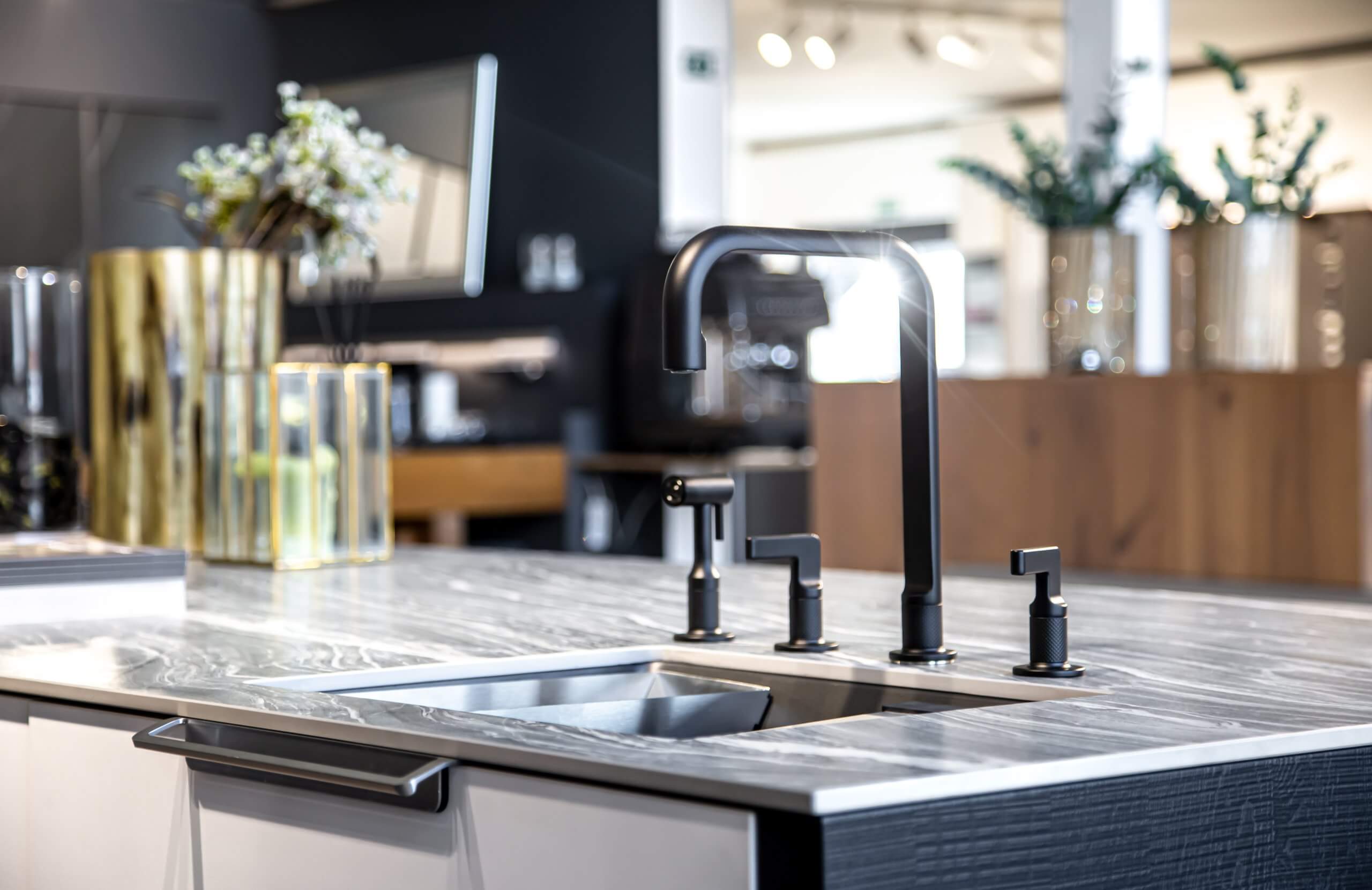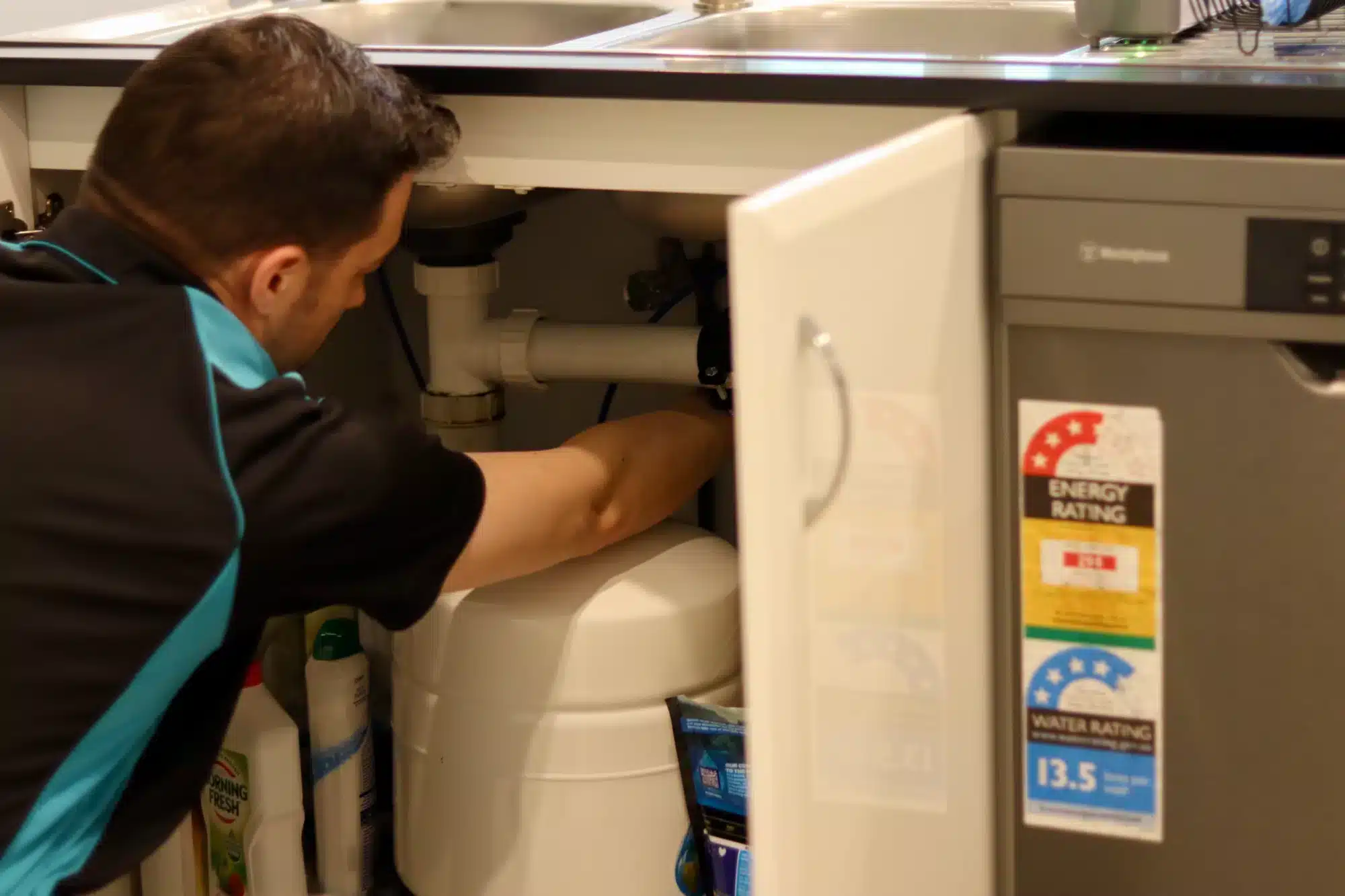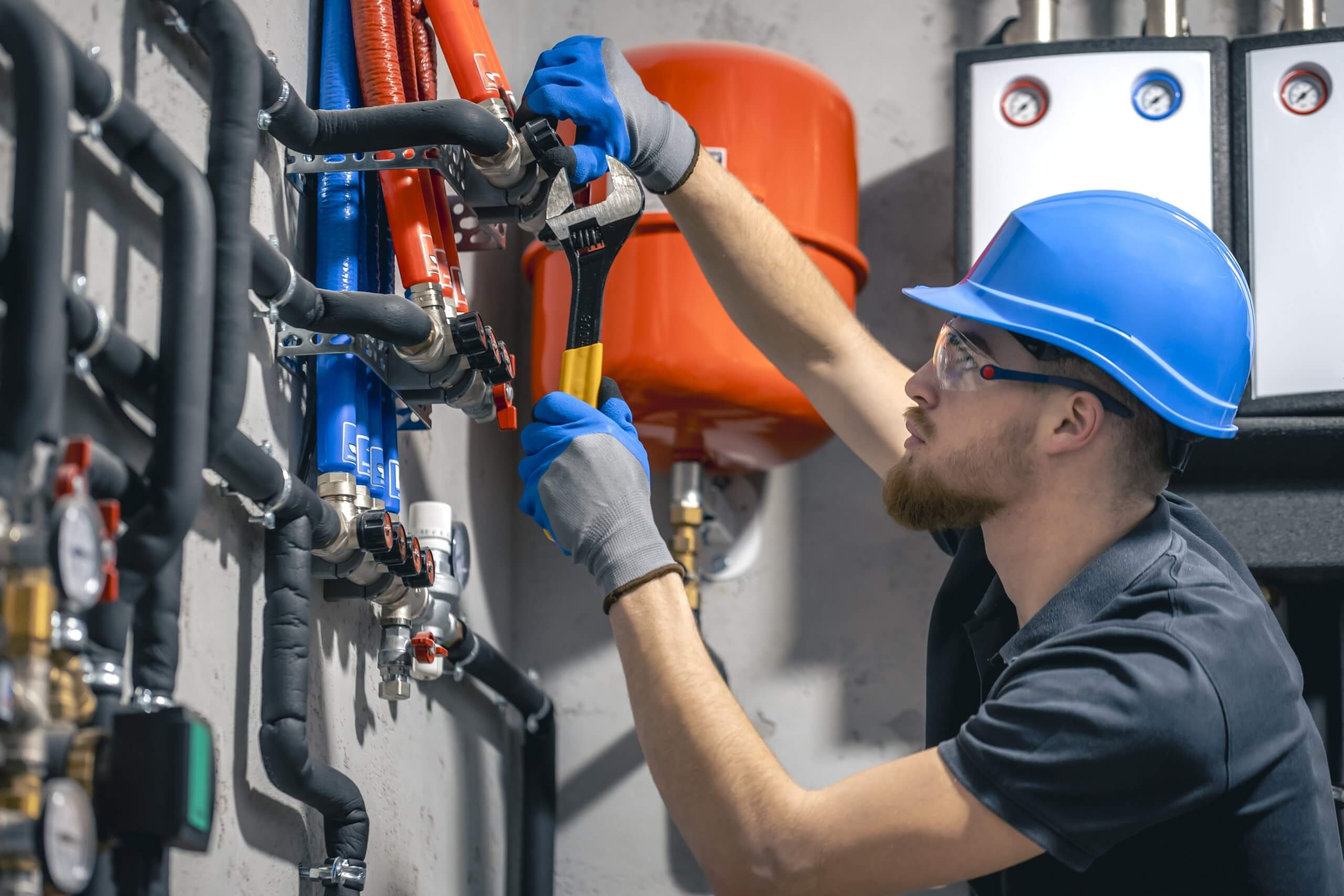Choosing the right tapware can make a significant difference to the functionality and style of your home. Among the most popular choices in modern Australian households is the mixer tap—a sleek and versatile fixture that combines hot and cold water through a single outlet. With its user-friendly design, wide range of styles, and efficiency benefits, a mixer tap offers both practicality and aesthetic appeal for kitchens, bathrooms, laundries, and even outdoor areas, making it ideal for any kitchen or bathroom . In this guide, we’ll explore exactly what a mixer tap is, how it works, and why it might be the perfect addition to your next renovation or new build.
What is a Mixer Tap, also known as a faucet ?
A mixer tap is a modern plumbing fixture that blends both hot and cold water through a single spout, allowing you to adjust the temperature and flow to suit your needs. Unlike traditional tap configurations, which typically feature two separate taps for hot and cold water, a mixer tap provides a more streamlined and efficient solution by combining both water sources in one unit.
These taps are designed for convenience and are widely used in kitchens, bathrooms, laundries, and even outdoor settings. Mixer taps come in a wide range of styles, from classic and traditional to ultra-modern, to suit any home décor or renovation style. They typically feature either a single lever or dual handles to control water flow and temperature with ease.
How Does a Mixer Tap Work?
Mixer taps operate using internal valves and washers that manage the ratio of hot and cold taps. Inside the tap body, there are small ceramic discs or cartridges that move when the handle is turned, helping to prevent leaks . This movement opens and closes specific inlets, controlling both the temperature and the flow of water.
When you turn the handle or lever, these internal mechanisms regulate how much hot and cold water is mixed before it exits through the spout. This precise control allows for an even temperature and consistent water flow, making mixer taps both user-friendly and safe—especially useful in family homes with children or elderly residents.
Some mixer taps are equipped with thermostatic control, which keeps the water at a pre-set temperature regardless of fluctuations in water pressure. This makes them an excellent choice for showers and baths, where sudden temperature changes can be uncomfortable or even dangerous.
Benefits of Mixer Taps
Mixer taps offer a variety of advantages, including better water efficiency, that make them a popular choice among Australian homeowners:
- Convenience: The ability to control water temperature and flow from a single control point makes mixer taps exceptionally easy to use.
- Water Efficiency: Many models come with built-in aerators or flow regulators that reduce water consumption without compromising performance.
- Modern Aesthetic: Mixer taps lend a sleek, contemporary look to kitchens and bathrooms, and are available in various finishes such as chrome, matte black, brushed nickel, and gold.
- Space-Saving: A single-spout design reduces clutter and is perfect for smaller vanities and benchtops.
- Versatility: Suitable for use in bathrooms, kitchens, laundries, and even outdoor sinks or BBQ areas.
- Safety: The ability to precisely control water temperature helps prevent accidental scalding, particularly beneficial in family households.
Choosing the Right Mixer Tap for Your Home
When selecting a mixer tap, it’s important to consider your household’s functional needs, design preferences, and budget. Here are a few things to keep in mind:
- Functionality: Will the tap be used frequently, or just occasionally? Do you need features like a pull-out spray or swivel spout?
- Location: Kitchen mixer taps differ from bathroom or laundry taps in size and functionality. For instance, kitchen taps often require a higher arc for pot-filling.
- Mounting Style: Determine whether your mixer tap will be mounted on the benchtop, sink, or wall. Wall-mounted mixer taps are great for saving space and achieving a modern aesthetic.
- Compatibility: Check the spacing and size of existing tap holes, especially if you’re replacing an older fixture. Not all mixer taps will fit standard installations.
- Water Pressure: Ensure the tap is compatible with your home’s water pressure—some designer mixer taps require a higher pressure system to function effectively.
Consider Your Needs
Before making a purchase, think practically about your setup:
- Basin Height: Taller mixer taps suit vessel basins, while shorter ones pair better with recessed basins.
- Sink Placement: Consider whether your sink or basin is above or below the counter surface.
- Existing Plumbing: If you’re working with a pre-existing tap hole or plumbing layout, your choice may be limited to certain designs or dimensions.
- Clearance: Make sure there’s enough space between the tap and the wall or splashback to allow for full handle movement and easy cleaning.
Different Types of Mixer Taps
Mixer taps come in a variety of types and different mixer tap styles to suit different applications throughout the home:
- Basin Mixer Taps: Ideal for bathroom basins, these taps come in a range of heights and styles.
- Bath Mixer Taps: Designed for use with bathtubs, these taps often include diverters for shower attachments.
- Shower Mixer Taps: Combine temperature and flow control for a seamless showering experience.
- Kitchen Mixer Taps: Typically taller with added features like pull-out sprays or swivel spouts.
- Laundry Mixer Taps: Built for utility and durability, often with higher flow rates.
Mixer Tap Features
Mixer taps boast a variety of features, depending on the model and intended use:
- Single Lever or Dual Handles: Choose between a minimalist single lever or separate hot and cold controls for a more traditional feel.
- Pull-Out Spray: Great for rinsing dishes and cleaning around the sink area.
- Swivel Spout: Perfect for double sinks, allowing greater flexibility.
- Touchless Technology: Infrared sensors allow for hands-free operation—ideal for hygiene and water conservation.
- Eco-Friendly Settings: Some mixer taps include cold-start technology and water-saving modes.
Flow Rate and Water Efficiency
In Australia, water efficiency is a key factor in household fittings, and keeping up with the latest trends is crucial . However, not all mixer taps are often designed with sustainability in mind:
- WELS Rating: Look for taps with a high Water Efficiency Labelling and Standards (WELS) rating for reduced water usage.
- Aerators and Flow Limiters: These built-in devices maintain pressure while using less water.
- Energy Efficiency: Cold-start taps ensure hot water isn’t unnecessarily activated, reducing energy consumption.
By choosing a high-efficiency mixer tap for your home, which is often the perfect choice you’re not only saving water but also saving money on your utility bills in the long run.
Tap for Your Home: Style and Design
Whether you’re after a modern minimalist look or something with a classic feel, there are different mixer tap styles to match:
- Modern Designs: Clean lines, squared edges, and matte finishes define today’s modern mixer tap range.
- Traditional Styles: Think art-deco handles, ornate spouts, and polished finishes like brass or gold.
- Finish Options: Popular finishes include chrome, matte black, stainless steel, brushed brass, and gunmetal grey.
Mixer Tap Styles for Different Applications
Here’s a quick breakdown of popular mixer tap styles and where they work best:
- Short and Tall Basin Mixers: Choose based on the height of your basin or bowl.
- Wall-Mounted Mixers: Great for saving bench space in tight bathrooms or kitchens.
- Pull-Out Mixers: A flexible hose makes cleaning up and rinsing easier, especially in kitchens.
- Round Mixers: These feature a curved, swivelling spout for a more fluid aesthetic.
Single Lever Mixer Taps
Single lever mixer taps combine temperature and flow control into one handle, making it user-friendly and efficient. They’re becoming increasingly popular in modern Australian homes for several reasons:
- Ease of Use: Adjusting both temperature and flow with a single hand makes these taps incredibly user-friendly.
- Space Saving: Their compact design is perfect for tight spaces or minimalist interiors.
- Simple Installation: Fewer parts mean easier DIY installation or quicker plumber visits.
- Sleek Appearance: A streamlined, contemporary look that suits most kitchen and bathroom styles.
However, it’s worth noting that single lever mixer taps may be more prone to wear and tear compared to double lever designs, especially with frequent use.
Frequently Asked Questions (FAQs)
What is the difference between a tap and a mixer tap?
A standard tap typically delivers either hot or cold water from a single source. A mixer tap combines both hot and cold water through one spout, allowing you to control the temperature more easily.
What is the difference between mixer taps and separate taps?
Separate taps have distinct spouts and controls for hot and cold water, with separate hot and cold taps being the traditional setup . Mixer taps combine both water types in one spout and are controlled by either a single lever or dual handles.
Why do some older British homes not have mixer taps?
Older plumbing regulations in the UK historically mandated separate systems for hot and cold water to prevent contamination, which can be difficult to fix . Modern homes, however, often include mixer taps.
Do you need a plumber to install a mixer tap?
While some confident DIYers may choose to install a mixer tap themselves, it’s generally recommended to hire a licensed plumber—especially if any plumbing adjustments are required.
What is the difference between a mixer tap and a normal tap?
A normal tap (or traditional tap) typically delivers water from one source, either hot or cold taps, unlike a mixer tap. A mixer tap blends both water types, giving you better temperature control.
Why is a tap called a mixer?
It’s called a mixer tap because it mixes hot and cold water streams within the tap body, allowing you to deliver water at your preferred temperature through a single spout.






